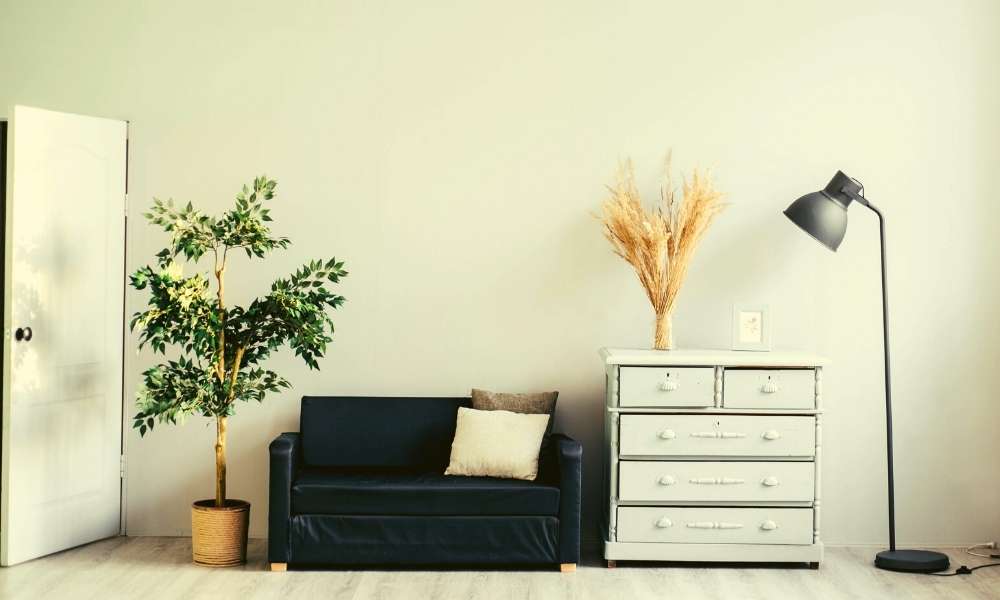Some things were just meant to go together. Fred Astaire and Ginger Rogers, Bacon and Eggs. Now it seems that after centuries of doing their own thing quietly and beautifully, Japanese and Scandinavian design have been brought together into something bigger than the sum of its parts.
It’s called ‘Japandi’, a mash-up of the words ‘Japan’ and ‘Scandi’. Much like the style it gives it’s name to.
At its heart, Japandi can be represented as a combination of the popular Scandinavian concept of hygge (defined in Danish as: “a quality of cosiness and comfortable conviviality that engenders a feeling of contentment or well-being.”) and the Japanese world view of wabi-sabi (defined as “the acceptance of transience and imperfection.”).
Japandi came about as a means to take the mind away from the hectic way of life in modern times. To create surroundings that do not take life seriously, that are dependable and comfortable and easy on the eye.
Japandi style uses a lot of the common elements of both Scandi and Japanese design:
- Minimalism.
- Comfort.
- Natural Materials.
- Functionality.
- Craftmanship.
But Japandi design also cleverly uses the elements that are unique to each too. From Scandi design it leans on lighter, neutral elements as well as rustic materials.
From Japanese design it incorporates darker tones and clean lines.
A Design Trend That Mimics Our Feelings
It shouldn’t come as a shock that design trends often follow the way people feel at a moment in time.
The sixties and seventies were very much about freedom of expression, colour and cultural change.
In a similar way, Japandi is a response to the feeling that we need to care more for our world, for our mental health and move away from a disposable culture to a more sustainable way of living.
The craftsmanship that is celebrated in both Japanese and Scandi design is a movement towards longevity and appreciation of what has gone into creating a piece of furniture, artwork or design element.
The minimalism that is a large part of Japandi design is as much, if not more a form of mental care than it is a sense of style.
The emphasis on the use of natural materials in both of these cultures is a nod to our increasing desire to look after the world and think about the lifespan of all the materials we use.
Sometimes, after taking a collective beating as human beings, we all need to go back to basics and bring a bit more comfort and simplicity into our lives and that is exactly what Japandi does.
How Do You Do Japandi?
It all sounds very nice, but how on earth are you supposed to incorporate some Japandi style in your home?
There are a few design principles you can follow:
- Use a monochromatic colour scheme as the backdrop for your room (your walls, ceiling, floor, trims and built-ins). By monochromatic, I mean a maximum of two colour hues and one natural material (very often wood).
- Keep clean lines in your backdrop to avoid overly-stimulating patterns and to allow your furniture and accessories to shine.
- Every piece of furniture and accessory should be considered for comfort, function and aesthetic appeal in combination. It should be there for a reason and should be appreciated as having a purpose in the room every time you see it, not just to make up the numbers.
- Sometimes, it is easier to design a room around a piece of furniture. If you find something that gives you a warm, fuzzy, happy feeling inside it could just be the thing you need to spark your room design.
Japandi design shouldn’t be restricted to certain rules though, it should be about building a feeling in a room. A place where you can always feel good about yourself and the world.
A place where you can feel as if everything is just right.

